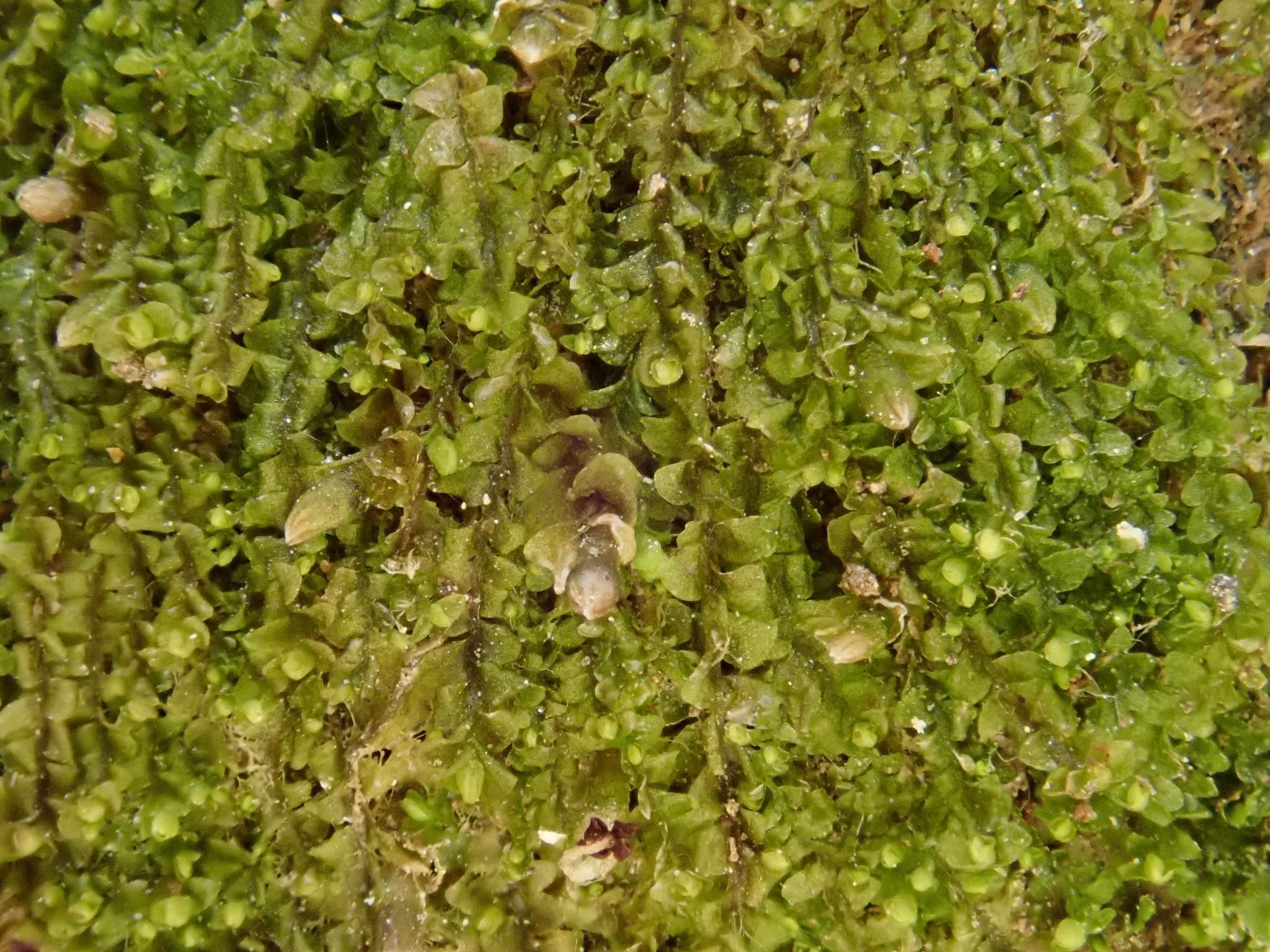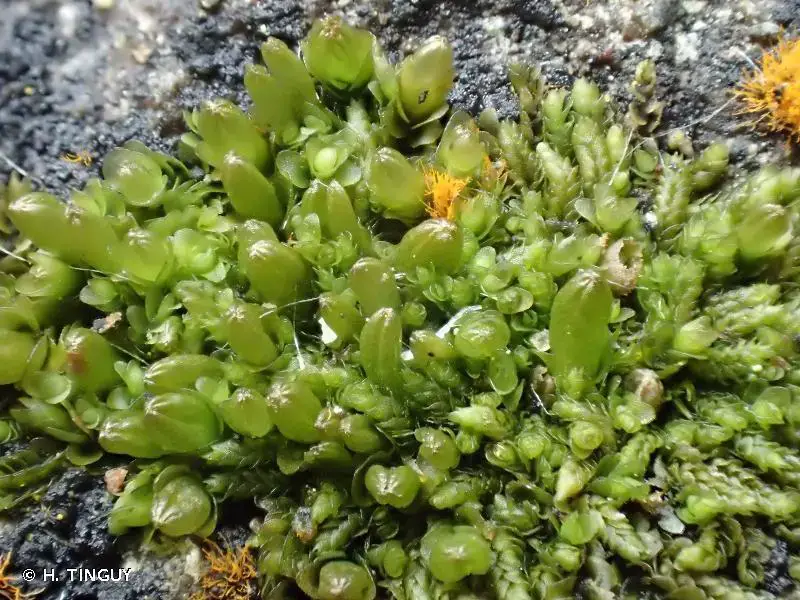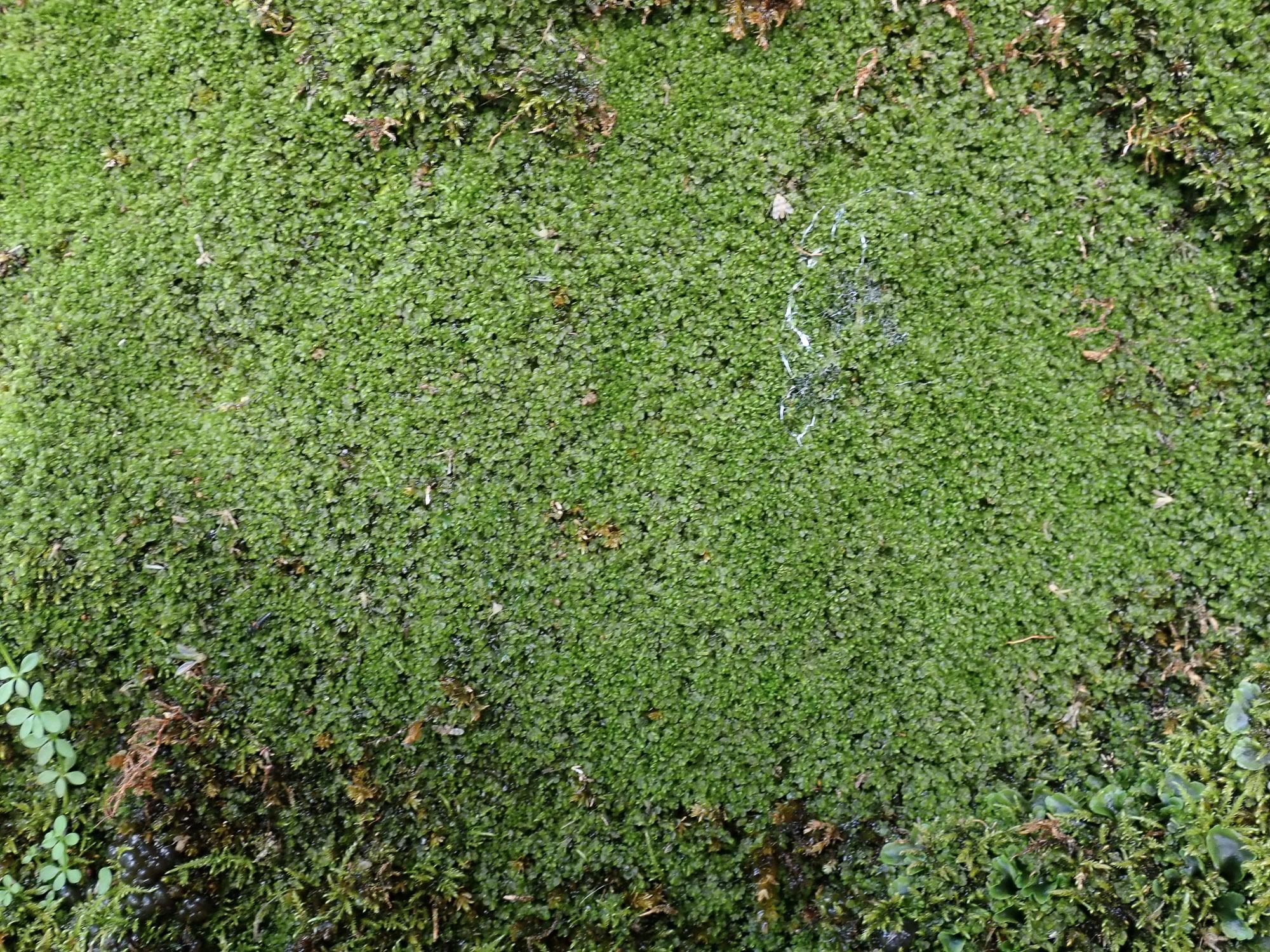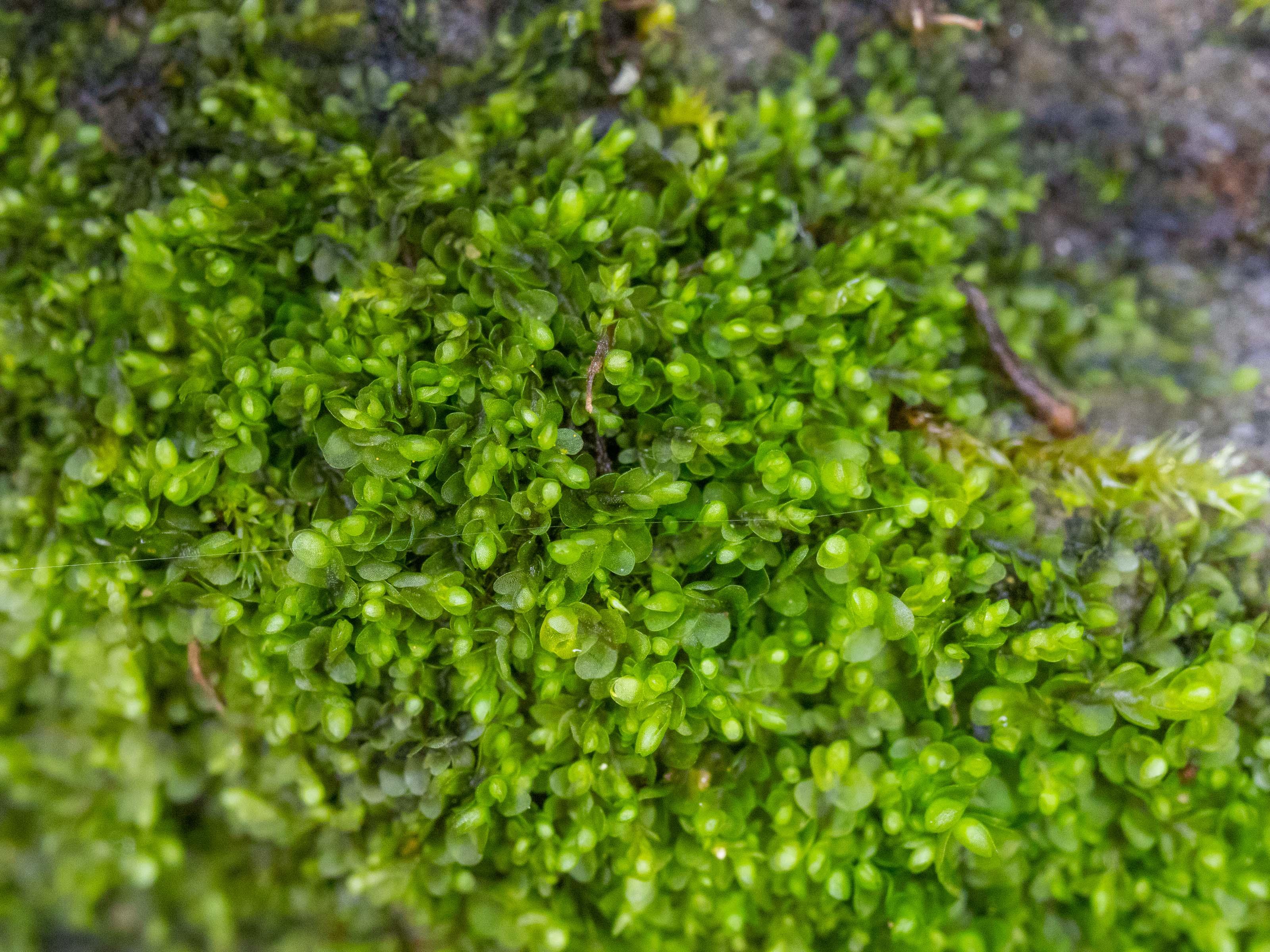
original.jpeg from: https://www.gbif.org/es/species/2689392
Exploring the Fascinating World of Jungermannia atrovirens Dumort. Moss
Introduction
Mosses are some of the most ancient and resilient plants on Earth, having evolved over 400 million years ago. One particularly interesting species is Jungermannia atrovirens Dumort., also known simply as Jungermannia. This small but mighty moss belongs to the Jungermanniaceae

205253.jpg from: https://inpn.mnhn.fr/espece/cd_nom/6396
family and the class Jungermanniopsida within the division Marchantiophyta. Let’s dive in and learn more about this fascinating bryophyte!
Background on Mosses
Before we focus on J. atrovirens specifically, it’s helpful to understand some basics about mosses in general:

2021-06-22-11-25-27.jpg from: https://www.britishbryologicalsociety.org.uk/learning/species-finder/jungermannia-atrovirens/
- Mosses are non-vascular plants that lack true roots, stems, and leaves
- They reproduce via spores rather than seeds and have a dominant gametophyte generation
- Mosses play important ecological roles, helping to retain moisture, prevent erosion, and provide habitat for microorganisms
Now that we have that context, let’s explore the unique characteristics of Jungermannia atrovirens.
Morphology and Identification
J. atrovirens is a small leafy liverwort, typically growing in dense mats or cushions. Its leaves are succubously inserted (the upper edge of each leaf overlaps the lower edge of the leaf above it) and lack underleaves. The leaves are ovate to oblong in shape with an acute to apiculate apex.
One of the most distinctive features is the blackish-green to dark green color of the leaves and stems, which is where the species epithet “atrovirens” (meaning “dark green”) comes from. Under magnification, you can also see that the leaf cells are rounded to quadrate with evenly thickened walls.

jungermannia_atrovirens.jpeg from: https://www.korseby.net/outer/flora/bryophyta/jungermanniaceae/index.html
Global Distribution and Habitat
This moss has a widespread distribution, being found across much of Europe, Asia, and North America. It typically grows on damp, shaded rocks, cliffs, and soil banks, often near streams or in ravines in mountainous areas. J. atrovirens prefers acidic substrates and is considered a calcifuge species.
Ecological Roles and Adaptations
Like other bryophytes, Jungermannia plays an important role in its ecosystems:
- Helps to retain moisture and stabilize soil/rock surfaces
- Provides shelter for various invertebrates
- Acts as a pioneer species by colonizing disturbed or bare substrates
- Serves as a bioindicator of good air and water quality
To survive in its niche habitats, J. atrovirens has several adaptations:
- Poikilohydry – ability to tolerate desiccation by suspending metabolic activity when water is scarce
- Ectohyric conduction – external water movement along stems and leaves
- Clonal reproduction via fragmentation – allows mosses to spread locally
Conclusion
Jungermannia atrovirens may be small, but it is a true survivor that has an important place in the ecosystems where it grows. Its unique morphology, habitat preferences, and ecological roles make it a fascinating subject of study for botanists and naturalists alike.
Next time you’re out in nature, take a closer look at any dark green moss cushions you find – you may just be looking at the mighty Jungermannia! What other amazing bryophyte species have you encountered?